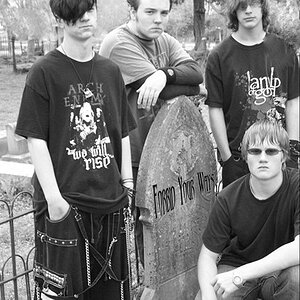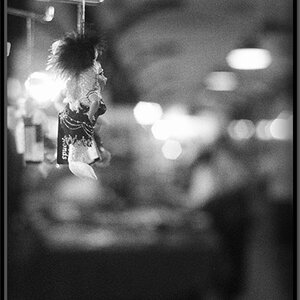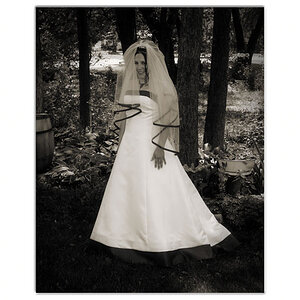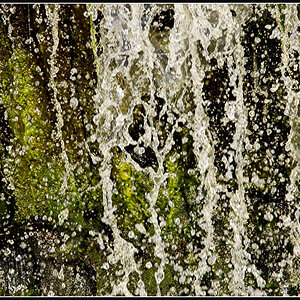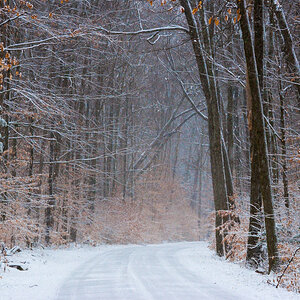den9
TPF Noob!

this was a 4 hour shot, i have no clue what the hell happened, it definitely failed, and it looks like there is light leaks, my camera has a viewfinder curtain too.
this was used with fuji 100f, even my regular daytime photos looked like ****.
heres a snapshot in broad day light with a fast shutter speed, the film looks horrible, very grainy.
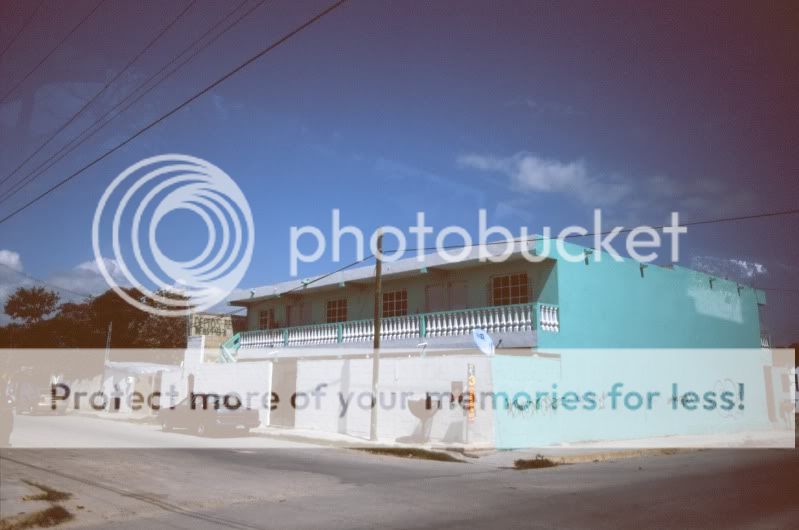
what gives? half the reason why i bought film is because my dslr sensor was overheating on exposures over 20 minutes. i even tried 30 second exposure with tungsten film and had failure. it sucks paying 20 bucks everytime and getting bad results.





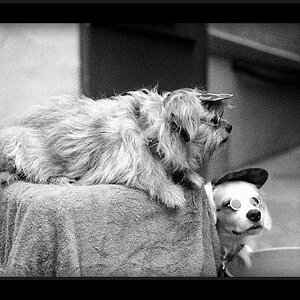
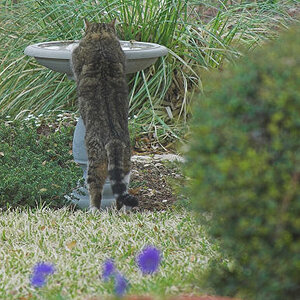
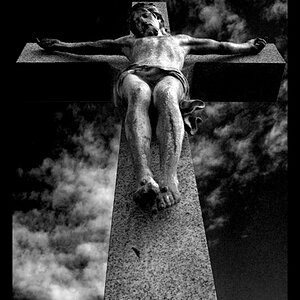
![[No title]](/data/xfmg/thumbnail/37/37623-b930ccd802f79b9c9cea990a7a5e5462.jpg?1619738153)
